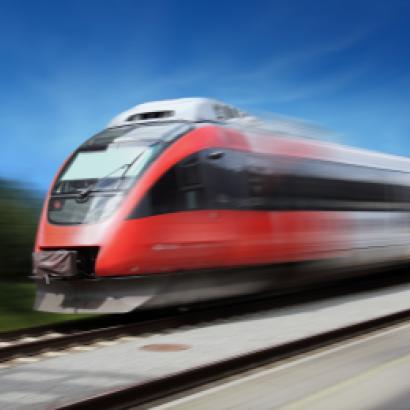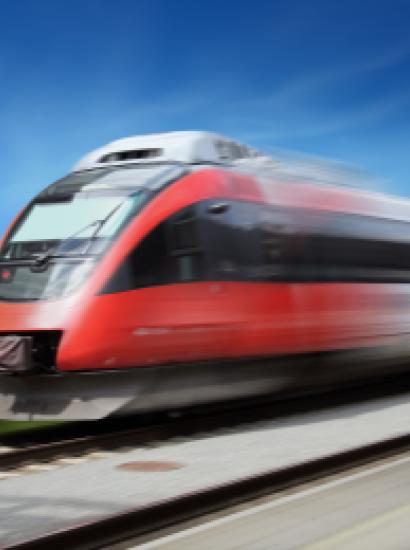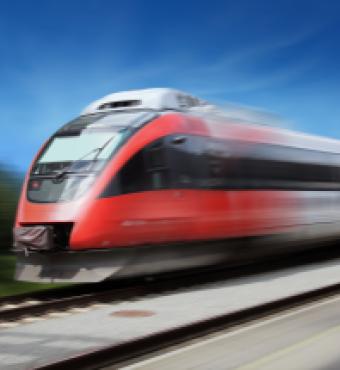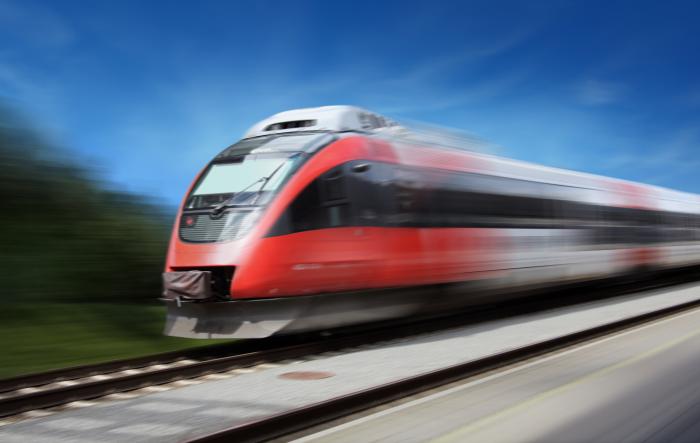- State & Local
- California
Last week, the Federal Railroad Administration (FRA) issued a Notice of Intent to terminate two federal funding agreements totaling about $4 billion with the California High-Speed Rail Authority (CHSRA). The FRA’s 300-page report cited systemic failures in management, funding, and schedule compliance in its decision.
California high-speed rail (HSR) has a very troubled and expensive history. In 2008, voters approved a $9.95 billion bond measure known as “The Safe, Reliable High-Speed Passenger Train Bond Act for the 21st Century,” which provided seed money for high-speed rail that would connect San Francisco with Los Angeles/Anaheim, and which would take travelers between the two cities in 2 hours and 40 minutes. Of the funds, $9 billion was for HSR and $950 million was for improving regional rail so it could leverage the benefits of HSR. The projected cost was $33 billion, and the LA-SF route was expected to be operational as soon as 2020.
Since 2008, $15.7 billion has been spent, yet the project is way behind schedule, and the estimated cost has jumped to perhaps as much as $128 billion.
In response to substantial cost overruns and project delays, Governor Newsom stated in his 2019 State of the State address, “But let’s be real. The project, as currently planned, would cost too much and take too long. There’s been too little oversight and not enough transparency. Right now, there simply isn’t a path to get from Sacramento to San Diego, let alone from San Francisco to LA. I wish there were. However, we do have the capacity to complete a high-speed rail link between Merced and Bakersfield.”
Building HSR from Bakersfield to Merced, with no commitment to build LA to SF, nor any other segments, is light years away from the transformative vision that was promised to voters in 2008. And after 11 years of escalating costs and with no deliverables in sight, Newsom’s first State of the Union address was the time when he should have advised Californians that the enormous infrastructure deficiencies facing the state—including inadequate water conveyance and storage, substantial deferred maintenance in existing infrastructure, the need for large electrical grid investments, fire prevention and protection, and investing in clean water in those communities without it—should be prioritized over HSR.
It would have been straightforward and important to make the case for higher-priority investments at that time. Newsom had substantial political capital, having just won the governorship with nearly 62 percent of the vote. And the chronic failure to maintain infrastructure or make new investments was turning deadly. About a year before Newsom’s 2019 address, the Thomas fire had burned nearly 300,000 acres between Ventura and Santa Barbara, killing two people. Shortly after, 24 people in Montecito died from boulders, mud, and trees that raced down the barren, fire-scarred hills above the town during a rainstorm, bypassing debris catch basins that had not been maintained. And previously, in 2017, the 50-year-old Oroville Dam, which needed retrofitting, failed, leading to the evacuation of 180,000 people.
More broadly, the American Society of Civil Engineers (ASCE) regularly assesses many aspects of California’s infrastructure, from bridges and roads to ports. In 2018, it gave California grades of D- for its energy infrastructure, citing its age and its chronic and extreme fire risk; D+ for its stormwater, citing drainage systems that primarily had been built in the 1940s; D for its levees, noting that $45 billion was needed to bring them up to date; D for its roads, which were ranked 49th worst in the country at that time, and which required $130 billion of new investment. The ASCE gave California a grade of C for its drinking water, which seems generous given that about one million Californians then lacked consistently clean water.
Moreover, the state auditor evaluated HSR in 2018. The subtitle of its critical report was “Its Flawed Decision Making and Poor Contract Management Have Contributed to Billions in Cost Overruns and Delays in the System’s Construction.” The report highlighted that the project began building before acquiring sufficient land, that it did not address relocating public utilities, and that it had forgotten to obtain sign-offs from all stakeholders.
Given the enormous competing infrastructure demands within the state, and the well-known failures of HSR to that point, it was imperative that Newsom fix its ongoing problems and generate quick results. He stated, “Abandoning high-speed rail entirely means we will have wasted billions of dollars with nothing but broken promises and lawsuits to show for it. And by the way, I am not interested in sending $3.5 billion in federal funding that was allocated to this project back to Donald Trump. Nor am I interested in repeating the same old mistakes. Today I am ordering new transparency measures. We’re going to hold contractors and consultants accountable to explain how taxpayer dollars are spent—including change orders, cost overruns, even travel expenses. It’s going online, for everybody to see.”
But Newsom didn’t fix HSR’s failures. At the time of Newsom’s 2019 address, the cost of the Bakersfield–Merced segment was estimated at $16 billion–$18 billion. Six years later, the cost of that route is projected to be as high as $38.5 billion.
Key reasons why the FRA intends to defund California HSR include a $7 billion funding gap, a missed 2024 procurement deadline for trains, over $1.6 billion in cost adjustments in the last two years, a failure to maintain an up-to-date risk register, and an estimated completion date for Bakersfield–Merced that would likely be later than HSR’s expected date of 2033.
Earlier this year, Newsom remarked, “No state in America is closer to launching high-speed rail than California—and today, we just took a massive step forward. . . . As only California can, we’re building America’s biggest infrastructure project.” Between Bakersfield and Merced. That will cost as much as $38.5 billion. To be completed 25 years after the bond was approved, if not longer.
California has about three weeks to provide a response to the FRA to try to salvage federal funding.

















